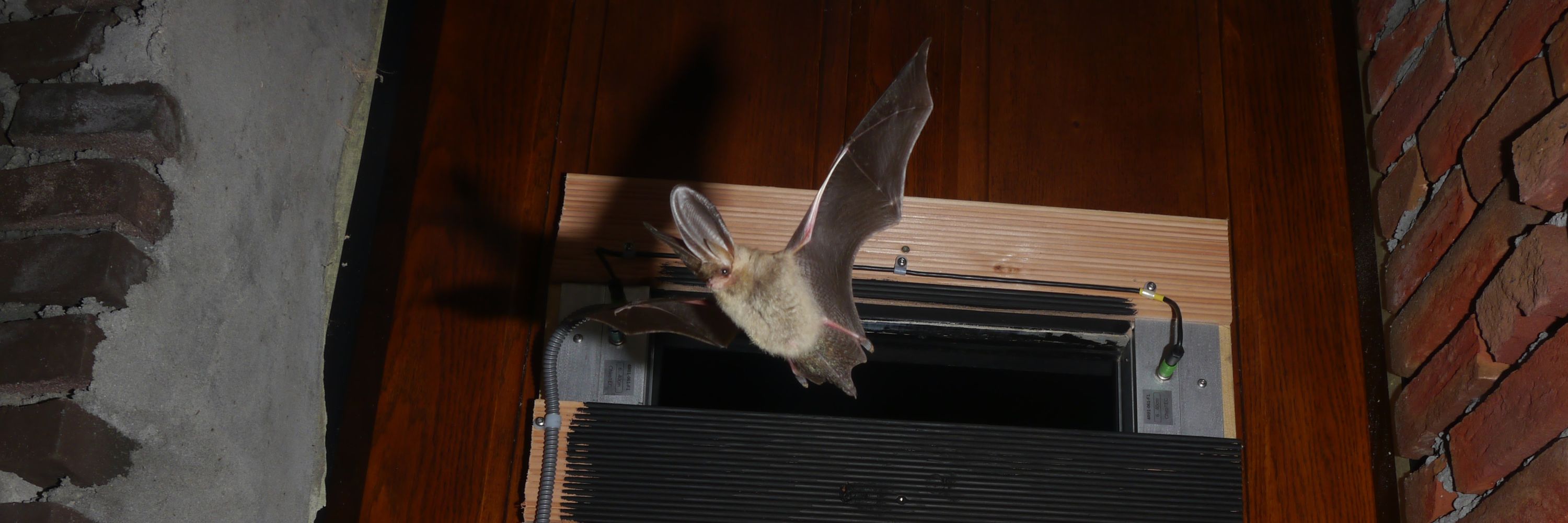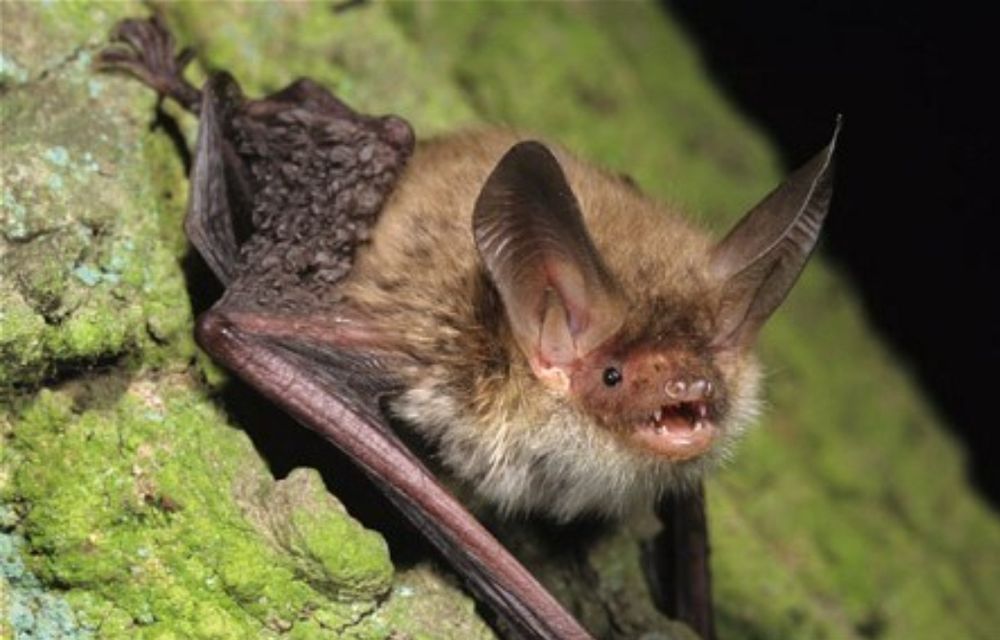Jaap van Schaik
@jaapvschaik.bsky.social
140 followers
150 following
24 posts
Bats / Parasites / Population Genetics / Behavior / Monitoring / Conservation / and everything in between
Posts
Media
Videos
Starter Packs
Reposted by Jaap van Schaik
Reposted by Jaap van Schaik
Jaap van Schaik
@jaapvschaik.bsky.social
· Apr 27
Reposted by Jaap van Schaik
Jaap van Schaik
@jaapvschaik.bsky.social
· Mar 13
Jaap van Schaik
@jaapvschaik.bsky.social
· Mar 13
Jaap van Schaik
@jaapvschaik.bsky.social
· Mar 13
Jaap van Schaik
@jaapvschaik.bsky.social
· Mar 13

Diverse but declining? Population genetic structure and genetic diversity of Nathusius’ pipistrelle along the Dutch coastline during the autumn migration period - Mammalian Biology
Migratory bats are experiencing substantial increases in mortality risk from wind energy developments, but data on their migratory behavior and population dynamics are often lacking. Here, we develop ...
link.springer.com
Reposted by Jaap van Schaik
Reposted by Jaap van Schaik











